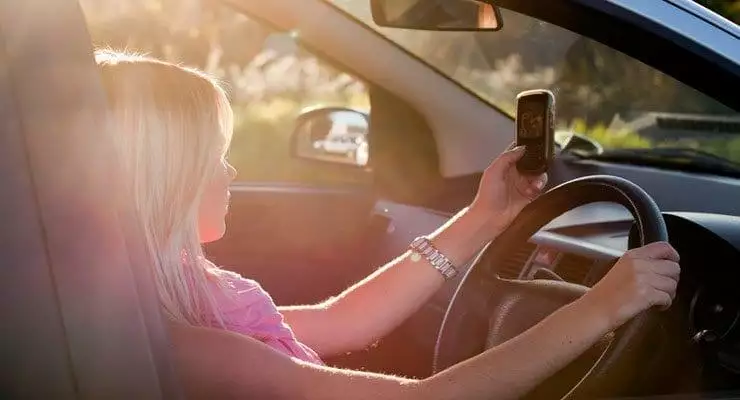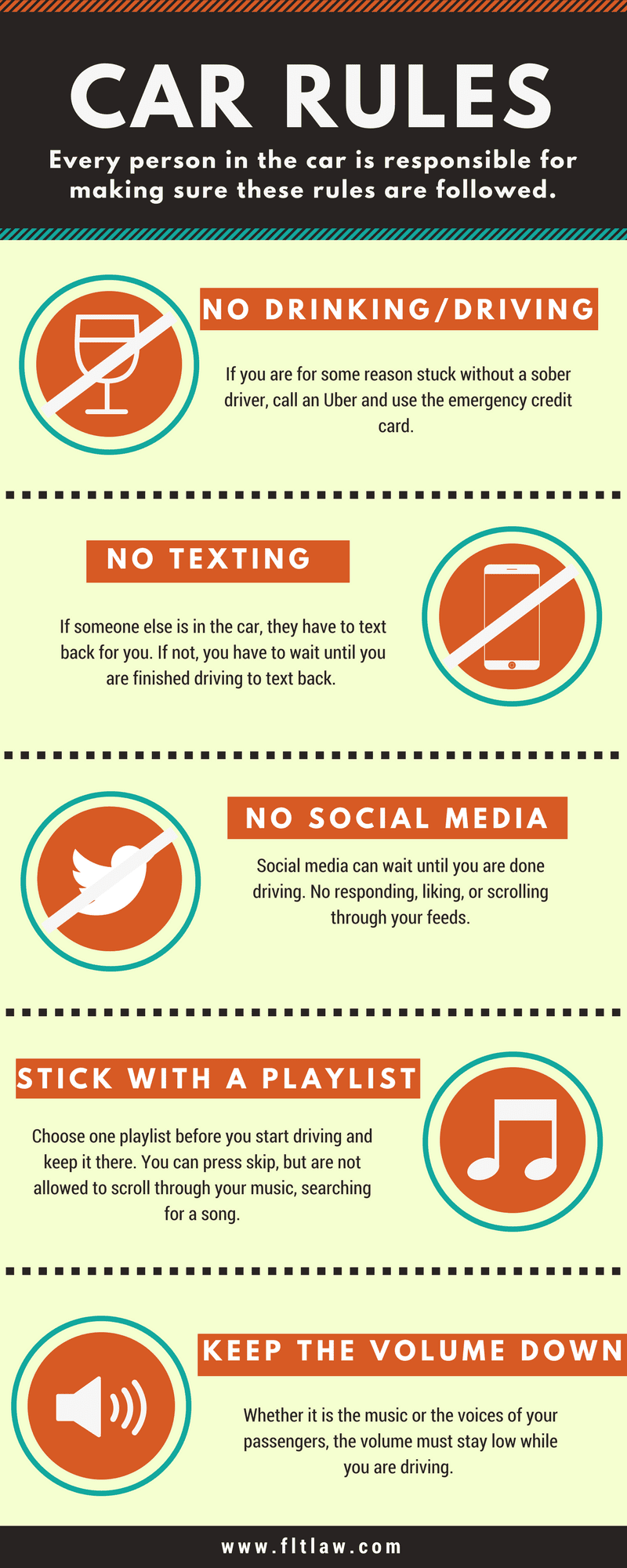Teenagers are addicted to texting. They are expected to respond to text messages instantaneously and have no problem putting a stop to whatever it is they are doing in order to reply. This becomes a huge problem when what they are doing is operating a motorized vehicle. Many parents worry about distracted driving, and rightfully so. This is an issue that all drivers face, and is the cause of nearly 25% of all car accidents.
Let’s start by looking at the facts.
• The most common reason for teens engaging in risky behavior while driving is being distracted by electronic devices.
• Teen drivers are the largest age group to be distracted at the time of a fatal car crash.
• Texting while driving causes 11 teen deaths a day in the United States.
• Holding a device in one hand while driving with the other hand reduces the reaction time by 46%.
One of the biggest problems is that parents are not taking texting while driving as seriously as they should be. Here are some reasons why parents should be as strict about texting while driving as they are about drinking while driving:
• Drivers are about 6 times more likely to cause an accident from texting than from being under the influence.
• Texting while driving is equivalent to having 4 beers.
• The reaction time for someone who is legally drunk is 18 times faster than for someone who is sending a text.
How to Make Sure Your Teen Does Not Text While Driving
Now that you are aware of the severity of this issue, you are probably wondering how to 1) explain it to your kid and 2) get them to stop texting while driving. How can you make sure that your child is as safe as possible when there are so many distractions? Here are some tips to help you get your teen to stop texting and using their phone while driving.
- Talk to them about the facts. Go over the above facts with them to increase their awareness. They may know that texting while driving is dangerous, but they may be underestimating the consequences. If they understand the severity of the issue, they will be less likely to engage in risky behavior.
- Create a formal, collaborative agreement. Teens are less likely to engage in distracted driving when there is a formal agreement that is written and signed by them and their families. If you have your child help create the formal agreement with you, their understanding of it will be even greater. All you have to do is create an official document that includes the rules your child must follow and agree to what the consequences will be for breaking those rules.
- Establish clear and strict consequences. Texting while driving is as dangerous as drinking while driving. Treat it that way. If your child gets caught texting while driving, give them the punishment that is as harsh as the one you would give them for drinking while driving. Most parents who punish their kids for distracted driving only lecture them. However, a harsher punishment would show your child how dangerous texting while driving is and how seriously you are taking it. Some examples are restricting their driving privileges or taking away their cellphone.
- Talk to the parents of their friends. If the friends of your child have the same rules in place, your child is more likely to follow them. Let’s say they are driving with their best friend in the passenger seat and they get a text. They may go to respond to the text, but if their best friend has the same rules about not texting while driving, they are more likely to call your child out on it. Part of the formal agreement could be that when you receive an important text, the person in the passenger seat must respond for you. This will make both your teen and the friends they ride in cars with better drivers.
- Post official car rules in the car. Come up with the most important car rules. Make them look visually appealing and post them on the dashboard or glove compartment of their car. Your teen will feel more accountable if they have a set of written rules posted on their dashboard, especially if other people in their car can see them as well. If you do not want to create your own list of rules, feel free to use the example one we created:

- Lead by example. Parents who text and drive are more likely to have children who text and drive. If you make a habit out of waiting to text people once you have stopped driving or having your child text for you while in the passenger seat, they will see an example of how to drive safely.
- Encourage them to talk to their friends. You do not want your child to be a distracted driver, but you also do not want them riding in a car with a distracted driver. Teens are more likely to listen to each other than anyone else. Encourage your child to speak up when one of their peers is using their phone while driving.
- Invest in a texting-blocking app. Many parents install hands-free software in their children’s cars to encourage them to use speech to text, instead of manually texting. However, research shows that hands-free systems are even more dangerous. Ultimately, your child should not be texting or talking on devices while driving. Instead, parents can install an app that blocks their kids from being able to text while driving. Here is a list of apps that block texting while driving.
Author Bio:William Turner is a Chicago auto accident lawyer with Friend, Levinson, and Turner, LTD and a concerned parent of two teenagers.






